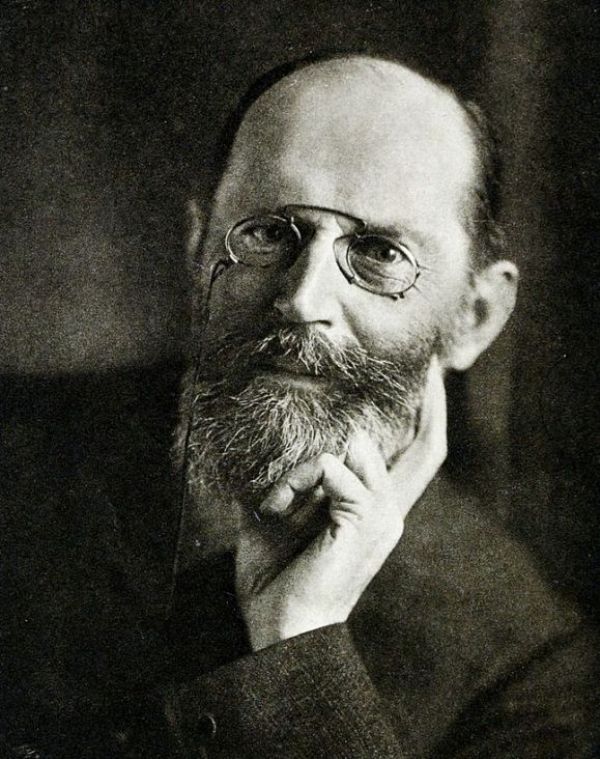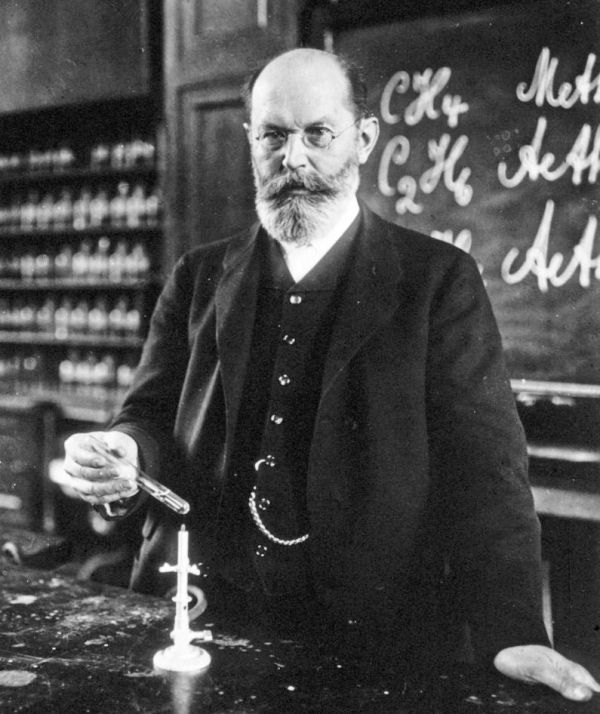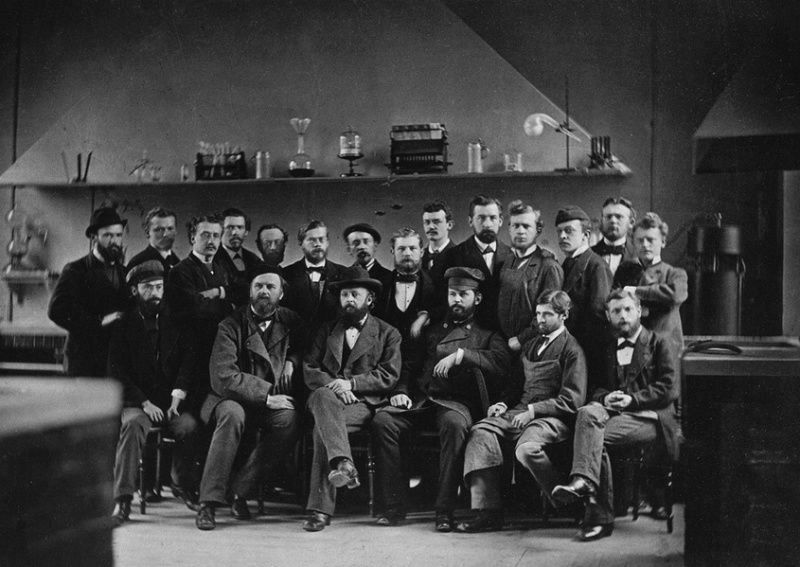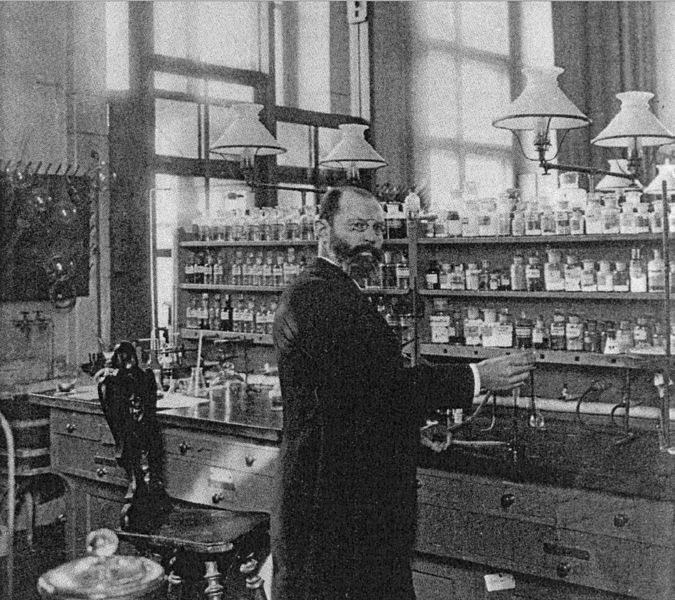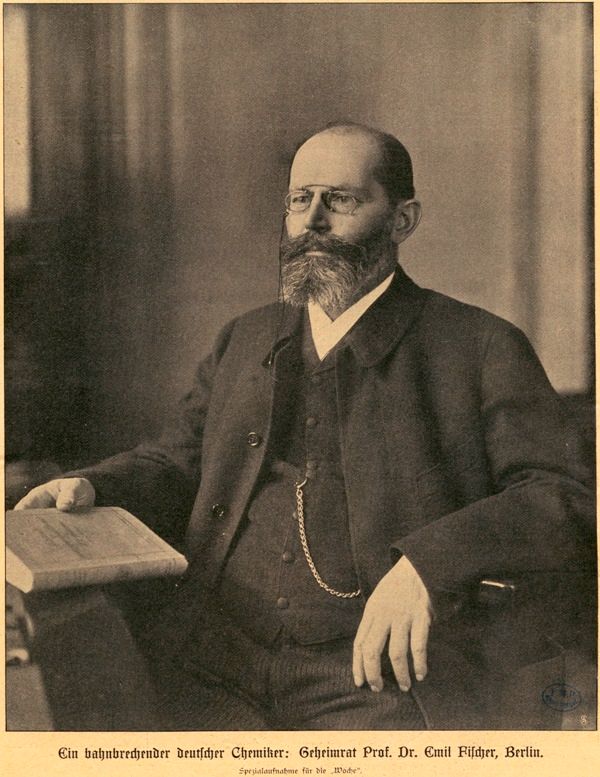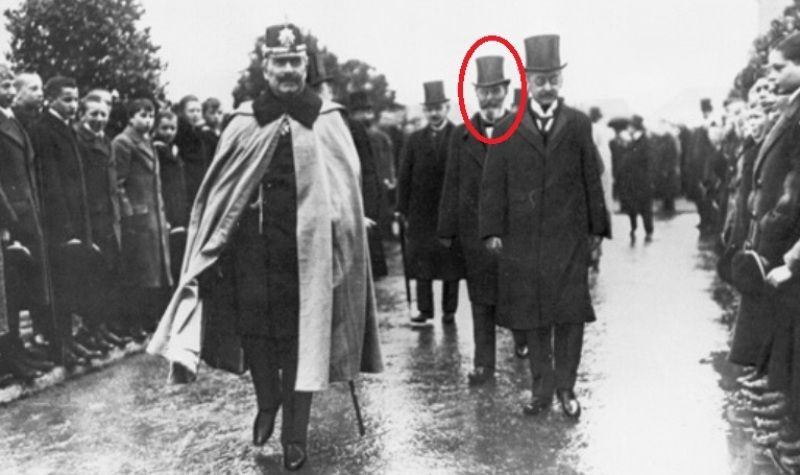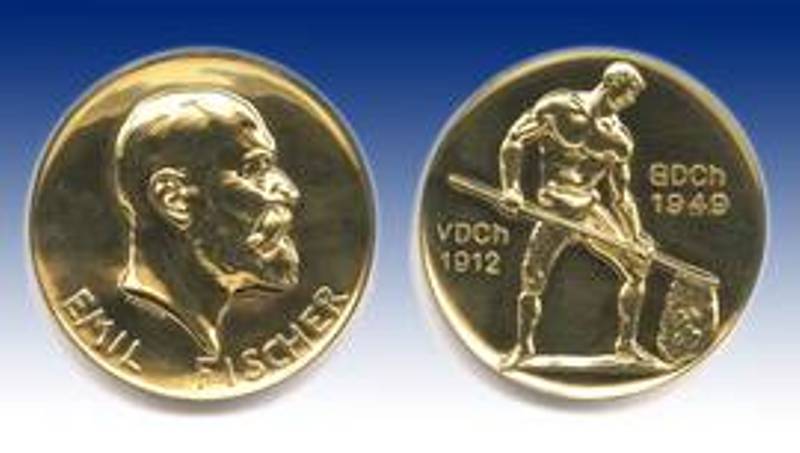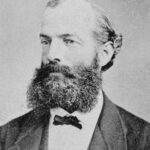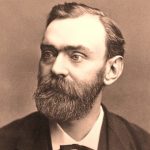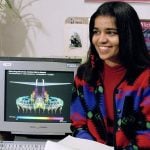Emil Fischer Age, Death, Wife, Family, Biography & more
Quick Info→
Wife: Agnes Gerlach
Hometown: Euskirchen, Germany
Age: 66 Years
| Bio/Wiki | |
|---|---|
| Full name | Hermann Emil Louis Fischer |
| Names earned | Secret prince of chemist [1]Reader's Guide to the History of Science - Google Books |
| Profession | Organic Chemist |
| Known for | • Receiving a Nobel Prize in chemistry • Discovery of caffeine and other related purines • Study of sugars |
| Career | |
| Field | Chemistry |
| Thesis | Über Fluorescein und Phthalein-Orcin |
| Doctoral Advisor | Adolf von Baeyer |
| Notable Works | • Lock and Key principle • Studies on proteins • Dyes and Phenylhydrazine • Study of purines and sugars |
| Awards and Honours | • Davy Medal (1890) • Leopoldina's Cothenius Medal (1898) • Nobel Prize in Chemistry (1902) 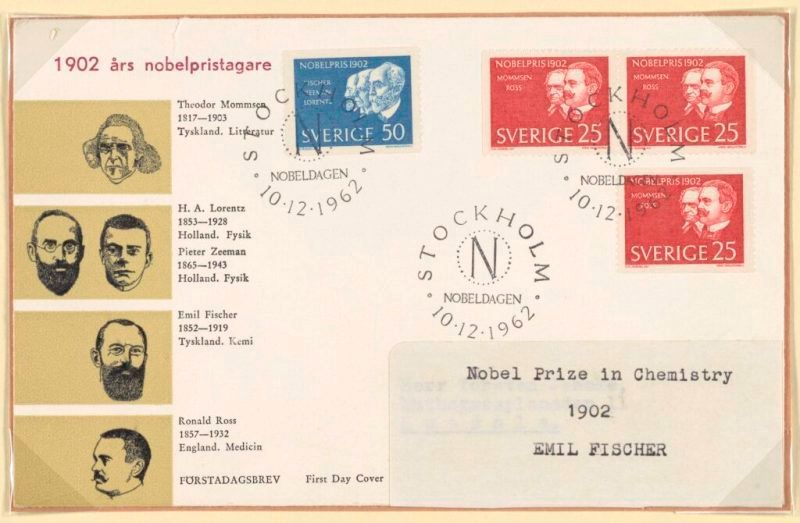 • Helmholtz Medal (1909) • Prussian Order of Merit and Maximilian Order of Arts and Sciences (1913) • Elliott Cresson Medal (1913) • Title of Prussian Geheimrat (Excellenz) • Foreign Member of the Royal Society (ForMemRS) (1899) • International Member of the United States National Academy of Sciences (1904) • Honorary Member of the American Academy of Arts and Sciences (1908) • International Member of the American Philosophical Society (1909) • Honorary member of the brewery research and training institute • Honorary doctorates from various universities like Manchester, Cambridge (England), and Brussels |
| Personal Life | |
| Date of Birth | 9 October 1852 (Saturday) |
| Birthplace | Euskirchen, Rhine Province, Germany |
| Date of Death | 15 July 1919 |
| Place of Death | Berlin, Germany |
| Burial | Friedhof Wannsee II - Lindenstrasse Wannsee, Steglitz-Zehlendorf, Berlin, Germany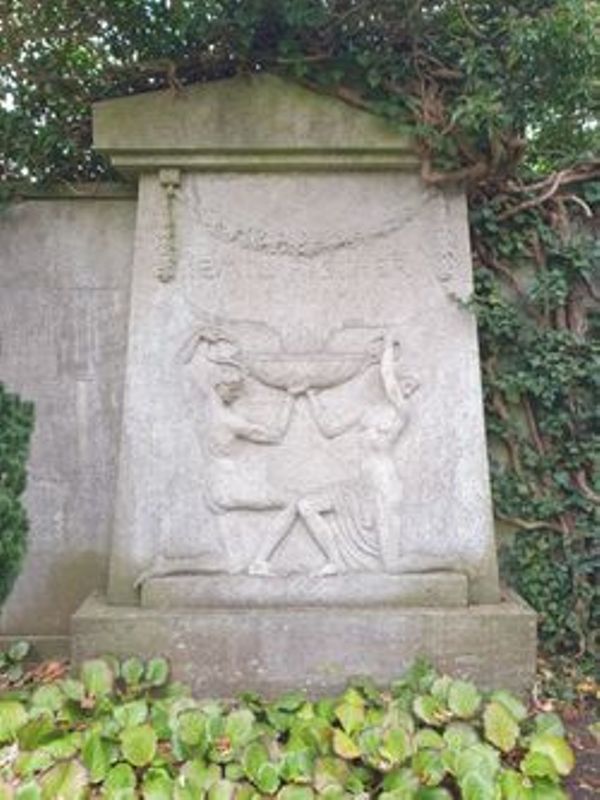 |
| Age (at the time of death) | 66 Years |
| Death Cause | Suicide by overdosing on potassium cyanide [2]Eine toxikologische Erinnerung an Emil Fischer- Springer Link |
| Zodiac sign | Libra |
| Signature | 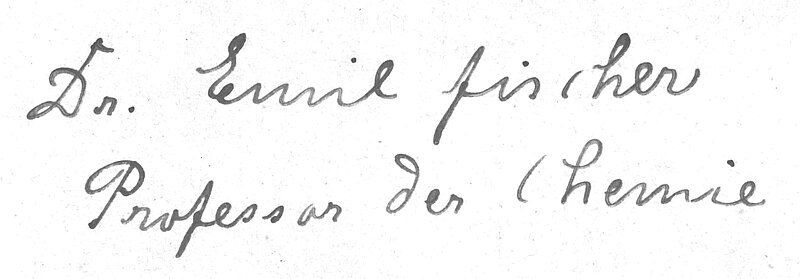 |
| Nationality | German |
| Hometown | Euskirchen, Rhine Province, Germany |
| School | • HöhereBürgerschule (Higher Public School), Euskirchen • Gymnasium at Bonn (passed in 1869) Note: Before attending schools, he was home tutored for three years. |
| College/University | • University of Bonn • University of Strasbourg |
| Educational Qualification(s) | • Studied chemistry at University of Bonn (1871-1872) • Ph.D. from the University of Strasbourg (1872-1874) |
| Religion | Christianity (Protestant) [3]Pioneers in Polymer Science - Google Books |
| Hobby | Hiking |
| Relationships & More | |
| Marital Status (at the time of death) | Widower |
| Marriage Date | February 1888 |
| Family | |
| Wife/Spouse | Agnes Gerlach (died in 1895) |
| Children | Son- 3 • Hermann Otto Laurenz Fischer (1888-1960) (Profesoor of Biochemistry) 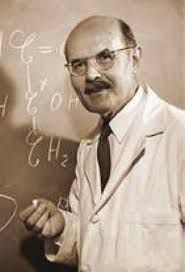 • Walter Fischer (1891-1916) • Alfred Fischer (1894-1917) Daughter- None |
| Parents | Father- Laurenz Fischer (Businessman) Mother- Julie Fischer |
| Siblings | Brother- None Sister(s)- 5 |
| Other relatives | Otto Fischer (Professor) (Cousin Brother) |
| Legacy | |
| Chemical Reactions | • Fischer indole synthesis • Fischer projection • Fischer oxazole synthesis • Fischer peptide synthesis • Fischer phenylhydrazine and oxazone reaction • Fischer reduction • Fischer-Speier esterification • Fischer glycosidation |
| Streets, Buildings, Places | • The Emil Fischer center, University of Erlangen, Germany • The Emil Fischer Haus, Humboldt-Universität's Institute of Chemistry on the Adlershof Campus 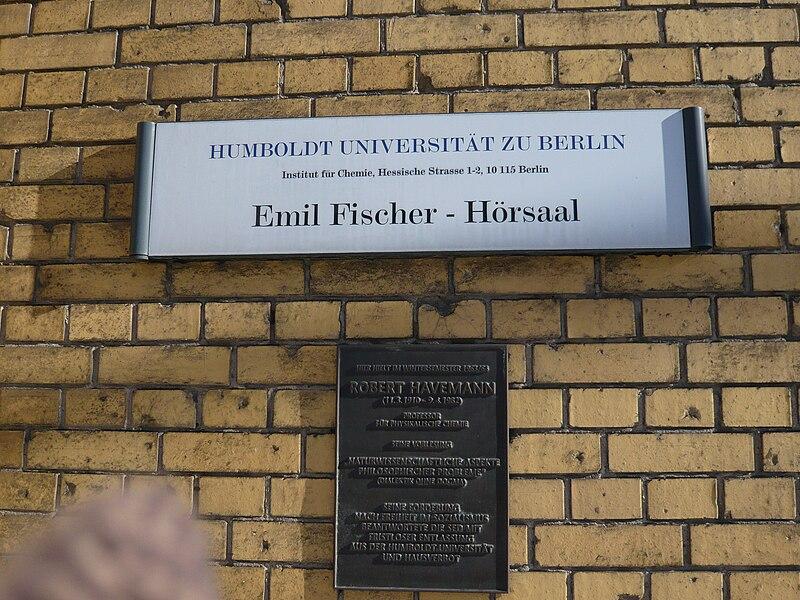 • The Emil Fischer monument in front of the Max Planck Society , Boltzmannstrasse 14 in Berlin-Dahlem (1952) • Emil Fischer monument at Robert Koch Platz, Berlin, Germany (1995) 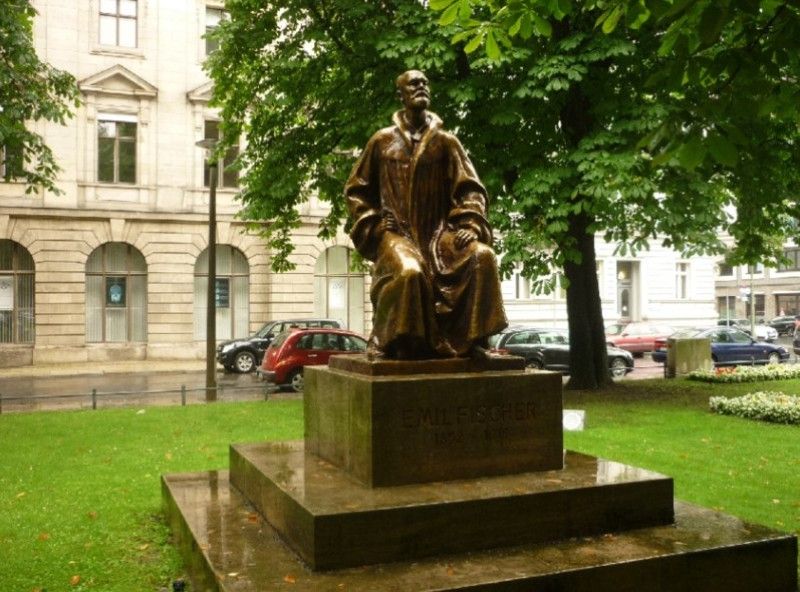 • Emil Fischer High School, Euskirchen • Emil Fischer High School, Schwarzheide • A Lunar crater was named "Fischer" in 1976 Note: Several streets are named after Emil Fischer in Berlin, Euskirchen, Leuna and Leverkusen. |
| Plaques | • A memorial plaque at Fischer's birthplace in Euskirchen, Kölner Straße 19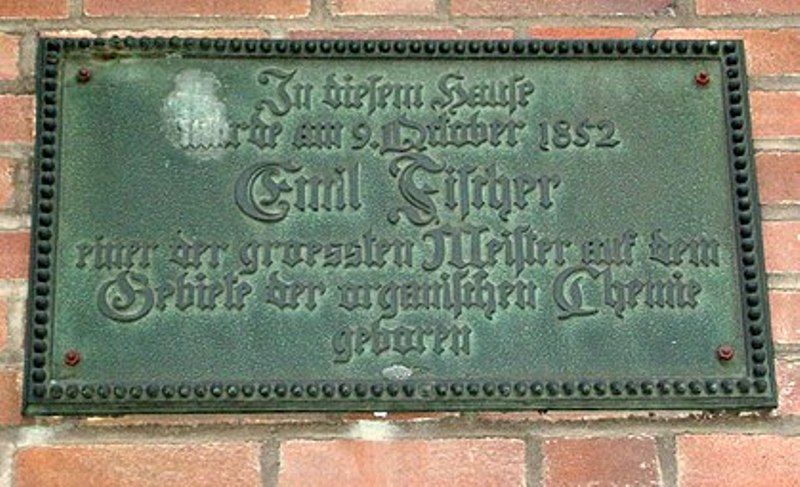 • Plaque on the house where he worked from 1882 to 1885 in Erlangen 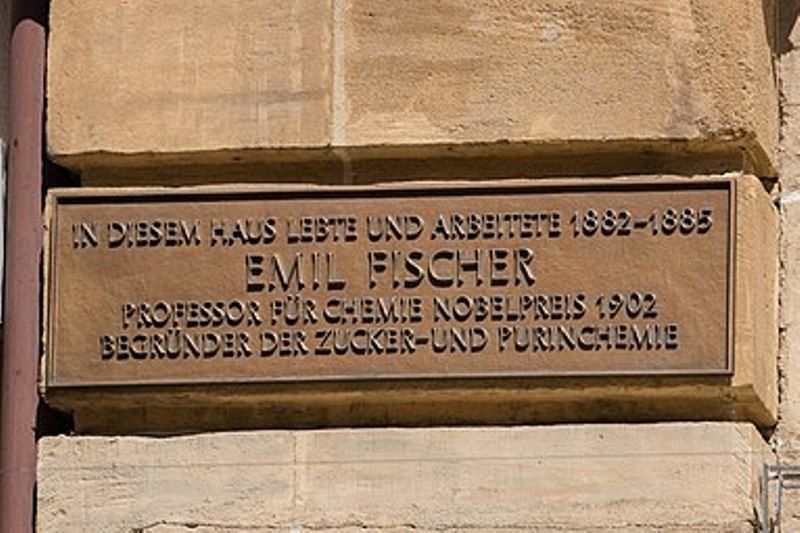 • A Berlin memorial plaque in Berlin-Mitte, Hessische Straße 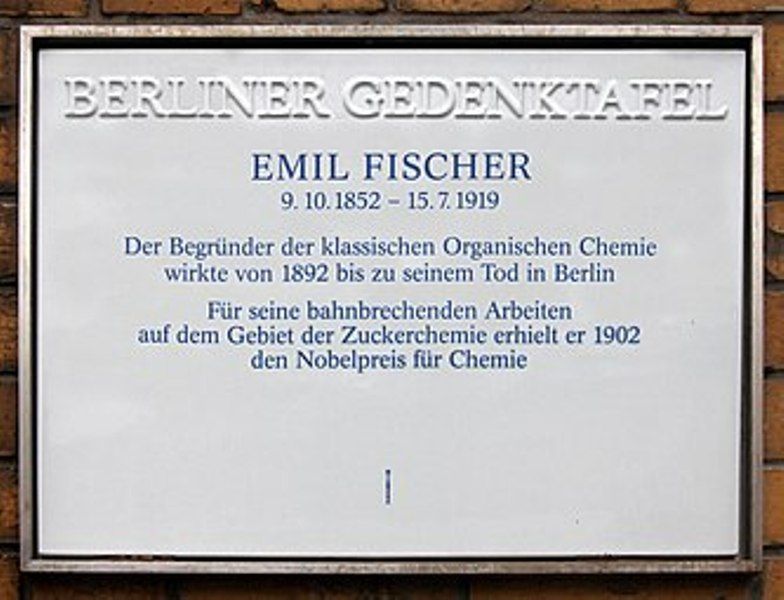 |
Some Lesser Known Facts About Emil Fischer
- After finishing high school in 1869, Emil Fischer worked at his father’s business and helped him in solving chemistry-related problems in brewing and dye-making.
- After attending the classes of August Kekule at the University of Bonn for a year, he transferred to the University of Strasbourg in 1872.
- Before leaving for the University of Bonn, he suffered from attacks of gastritis due to which he had to take a year-long leave at the age of eighteen. He even had to refuse an offer to take the Chair of Chemistry at the Swiss Federal Institute of Technology (ETH) in Zurich because of the attacks.
- During his time at the University of Bonn, he was disappointed with the analytical chemistry lessons, and he decided to transfer to the University of Strasbourg for further studies.
- He worked as an assistant instructor at Strasbourg University in 1874.
- Emil Fischer became an assistant to Adolf Von Baeyer in 1875 at the University of Munich, where Baeyer was called to succeed Liebig. He worked with his cousin Otto Fischer and proposed a new theory on the constitution of triphenyl-methane dyes experimentally during his time in Munich.
- He qualified to be Privatdozent in Munich in 1878. He was appointed as the associate professor of analytical chemistry in 1879.
- He was called for the Chair of Chemistry at Aachen in 1879, but he declined the offer.
- He was offered the position of scientific director in 1883, but he declined the lucrative offer because of his passion for academics
- Fischer was appointed at the University of Erlangen to replace Jacob Volhard, a German chemist, in 1881. He worked there for seven years. In 1888, he was appointed as the professor of chemistry at the University of Würzburg.
- He proved his excellence when he successfully prepared glucose, fructose, and mannose from glycerol in 1890. He also determined the stereochemical configuration of all the known sugars in the next four years.
- In 1892, he was called to the University of Berlin to succeed A. W. Hofmann as the Chair of Chemistry. He worked in Berlin until his death.
- He enjoyed walking among the grassy hills at Würzburg. He also frequently spent his time in the black forest in southwest Germany, bordering France, as he was keen on hiking.
- Emil Fischer discovered the lock-and-key principle, an important study of glucosides, which he had prepared by methylation of glucose, exhibiting perfect specificity to enzymes in hydrolysis in 1894.
- He also studied and worked on other areas of research such as the enzymes and the analysis of lichens, which he found during his hikes in the Black Forest, esterification studies, and experimental verification of tetrahedral asymmetry of carbon and substances used in tanning.
- Some prominent chemists from Berlin including Emil Fischer wanted to develop an institute dedicated to research in chemistry; the Kaiser-Wilhelm Institute was built under Emil Fischer’s guidance in 1900.
- Fischer was part of the chemical operations in Germany during WWI (1914-1918). He helped develop methods for making potassium nitrate, nitric acid, camphor, and sulphur, all needed to make explosives.
- Emil Fischer’s son, Walter Fischer was killed in combat in WWI in 1916, and his youngest son, Alfred Fischer, killed himself at the age of 25 in 1917.
- He was diagnosed with intestinal carcinoma in 1919, which was reportedly caused by regular handling of phenylhydrazine, leading to chronic poisoning.
- Emil Fischer’s eldest son, Hermann Otto Laurenz Fischer, donated all of his father’s scientific articles, writings, letters, and books, which now form the Emil Fischer Library at UC, Berkeley.
- The Gesellschaft Deutscher Chemiker (The Society of German Chemists) has instituted ‘The Emil Fischer Medal’ to honour scientists for extraordinary achievements in organic chemistry.
- A sandstone monument was built by Fritz Klimsch, a German sculptor, in honour of Emil Fischer near the I Chemical Institute of the Friedrich Wilhelm University (now Humboldt University) on Hessische Straße in 1921, and it was destroyed during World War II.
- Emil Fischer wrote his memoir in 1918 during his stays in Locarno and Karlsbad. It was published in 1922 under the title ‘From My Life (Aus meinem Leben)’ by his former assistant Max Bergmann.
References/Sources:

